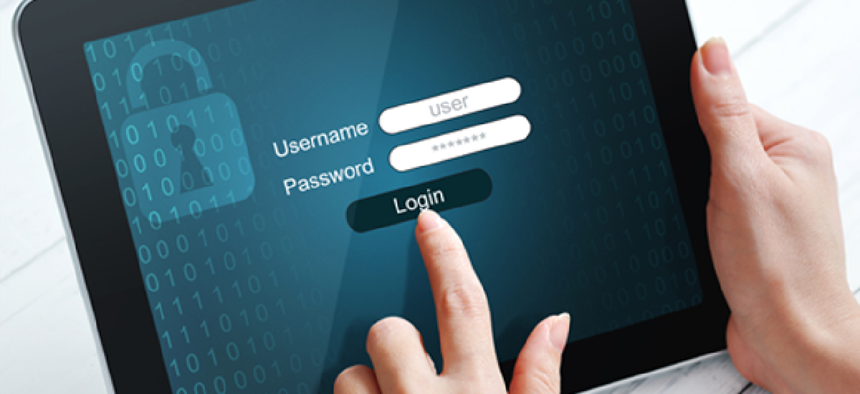Login.gov hits 5 million users


Connecting state and local government leaders
The single sign-on portal is helping make government services and applications easier and more secure for the public to access.
Five million customers are now using login.gov, the common login platform developed by the General Services Administration’s Technology Transformation Services and the U.S. Digital Service.
The program, which was launched in April 2017, is currently in different stages of implementation in 17 agencies, including Customs and Border Protection Global Entry program and the Office of Personnel Management’s USAJobs, which drove up the number login.gov users.
“When I started [login.gov], it became pretty clear we needed to build a partnership with private industry as well as traditional government employees,” login.gov Director Joel Minton told GCN. “We needed to drive industry partnerships since they have so many tools and functionalities that government can’t build itself.”
Work with agencies starts with identifying their specific pain points when it comes to identity access management and figuring out ways that login.gov can solve their problems. By building implementations based on common industry standards, rather than making custom application programming interfaces, login.gov allows developers to integrate with the open source code as quickly as possible. The program’s Identity Playbook and production checklists help agencies learn how they can integrate their services with login.gov.
“We have a strong focus on operational excellence and managing the outcomes with numbers and data and not based on gut feel or the flavor of the month,” Minton said. “We want to manage login.gov as a business and optimize it to deliver high uptime and reliability.”
For now the focus of login.gov is on user authentication, but the program plans to add identity proofing to the platform that will leverage data from government or private companies. In January, GSA asked vendors to submit quotes for identity proofing solutions related to the verification of addresses, government IDs and accounts such as banking or utilities.
“We want to partner with industry to have flexible vehicles to deliver specific pieces of functionality for our customers so we can be more successful,” Minton said. “We need to be very specific and targeted … to do what exactly will drive success for our customers.”
NEXT STORY: Countering the mobile phishing challenge




